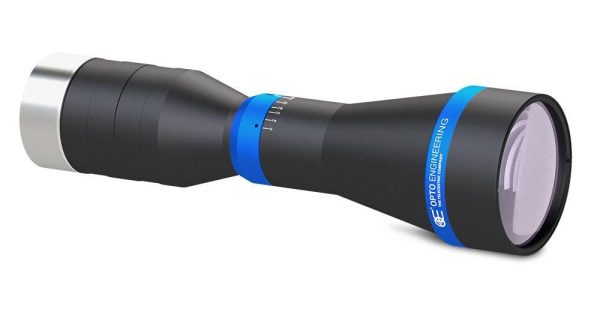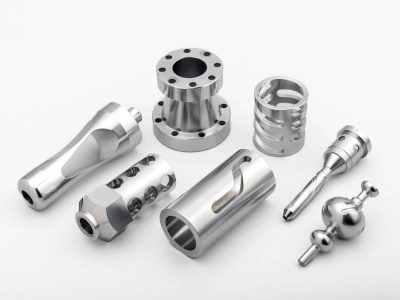TCSE series
High-resolution telecentric lenses for 4/3”, APS-C, APS-H and full frame sensors
Key advantages
- Wide image circle for sensors up to 45.7 mm
- Excellent resolution and low distortion
- Long working distance perfect for the inspection of electronic components
- Robust design ideal for industrial environments
- Detailed test report with certified optical parameters
TCSE series features very high-resolution telecentric lenses designed for various large sensor formats up to full frame.
TCSE lenses offer excellent optical performance ensuring unmatched resolution and low distortion.
The long working distance allows for extra space, which is useful if lighting or pick-up tools are to be installed or to provide the necessary separation from hazardous production processes.
Most TCSE lenses feature a variable aperture that provides great application versatility. In addition, some models are optimized for use in the near-infrared (NIR) wavelength range, making them ideal for semiconductor inspection.
Thanks to their robust design TCSE optics can be easily integrated into any industrial environment.
These lenses are the perfect choice for high-accuracy applications, such as the inspection of chips, PCBs and other electronic components in the electronics & semiconductor industry or the accurate measurement of high-precision automotive, aerospace or medical parts.
Learn
Online tools
Application examples
Notes
- Working distance: distance between the front end of the mechanics and the object. Set this distance within ±3% of the nominal value for maximum resolution and minimum distortion.
- Working f-number (wf/N): the real f-number of a lens in operating conditions.
- Maximum angle between chief rays and optical axis on the object side. Typical (average production) values and maximum (guaranteed) values are listed.
- Percent deviation of the real image compared to an ideal, undistorted image. Typical (average production) values and maximum (guaranteed) values are listed.
- At the borders of the field depth the image can be still used for measurement but, to get a very sharp image, only half of the nominal field depth should be considered. Pixel size used for calculation is 3.45 μm.
- Object side, calculated with the Rayleigh criterion with λ= 520 nm
- FD stands for Flange Distance (in mm), defined as the distance from the mounting flange to the camera detector plane.
- Indicates the availability of an integrated camera phase adjustment feature.
- Measured from the front end of the mechanics to the camera flange.
Additional notes
- This lens works in VIS and IR wavelength range separately, changing working distance between the two configurations
- This lens works only with a 50 mm cube beamsplitter in front of the objective







